How to Water
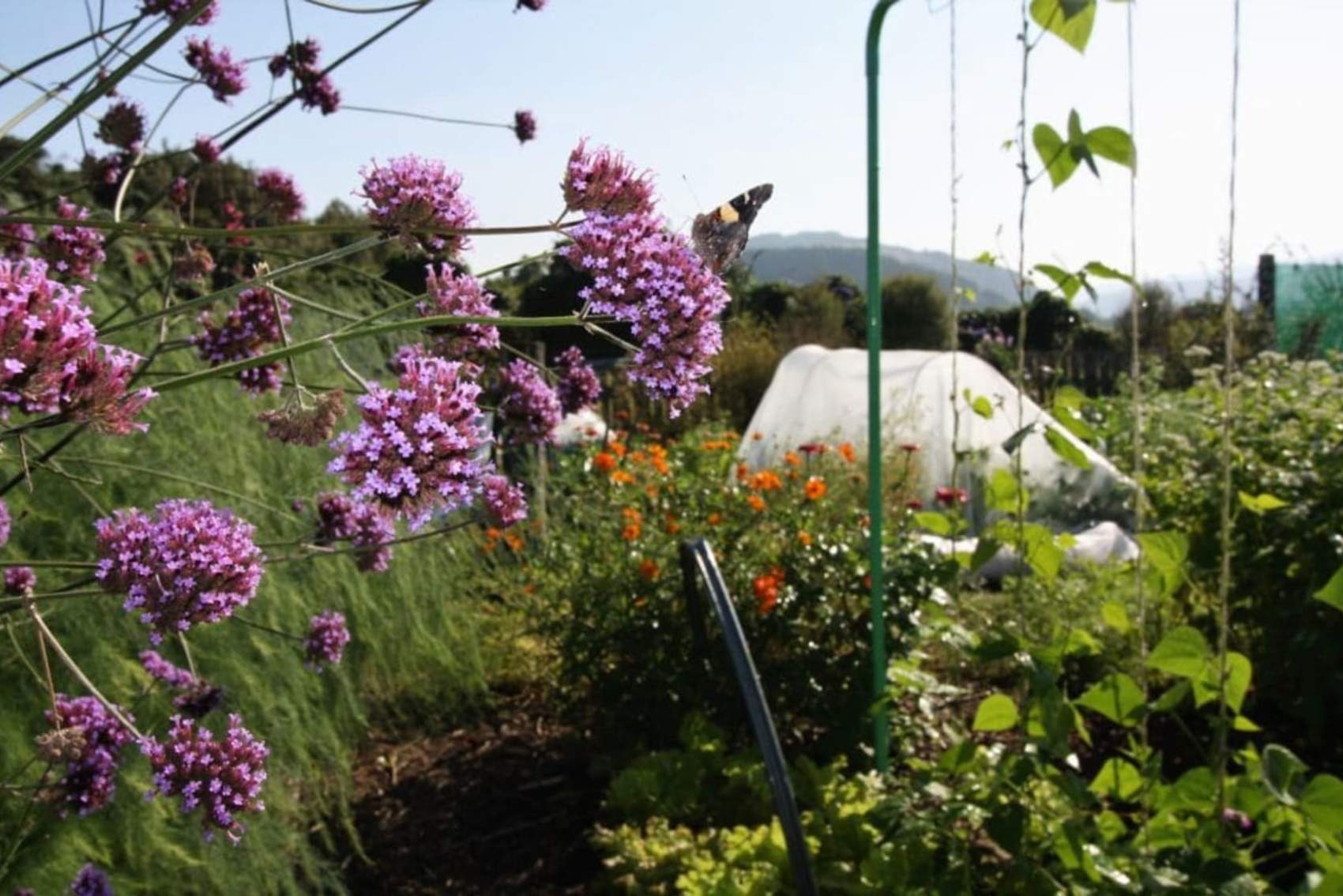

When you water brilliantly, your garden performs brilliantly. The right amount of water, delivered at the right time makes for way less disease, less pests and improves cropping no end. This is no empty promise, my friends! Watering has as big of an impact on your gardens wellness as soil health does so it's an essential skill for food gardeners, and one I'm super keen for you to master because your brilliant garden, is my reason for being.
Before we get into it, lets pause for soil health because my promises of awesome-ness depend on both excellent soil + good watering practise. The two are entwined. One without the other, and vibrant health wont ever land.
Let's start with the basic how to's, then move into timing it right: the subtle differences between each phase of growth, different water needs for different crops and whether to water in the morning or evening (a case for both).
Hand watering is the best!
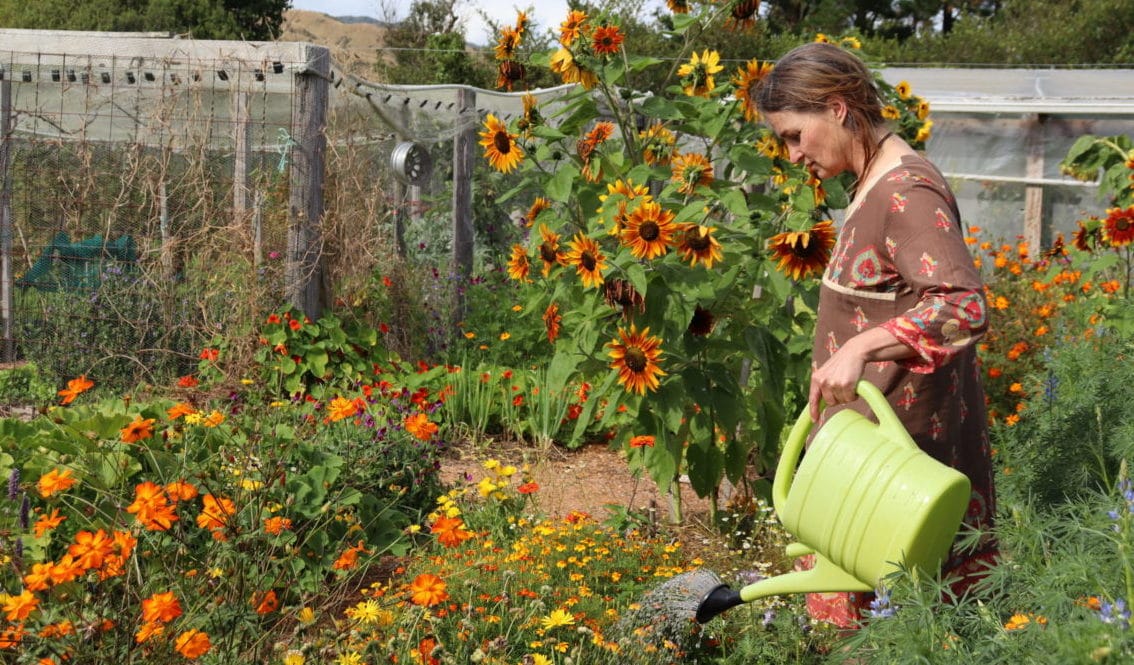
There is no automatic watering system that is as efficient and effective as hand watering. I realise that in this moment I'm likely loosing half my audience, wedded as we are to the idea that flicking a switch is a shortcut, but it's not!
Hand watering sounds harder and longer but there's a bigger picture at play here. When you hand water you assess and deliver water way more accurately, and bonuses all round - you become intimate with each and everyone of your plants and care for them better by far = productivity plus! So much goodness from this!
Irrigation systems have their place: when you go away, or during a super busy period or illness. Use them as needed, they're better than nothing but don't expect easy - they block up, spring leaks, deliver sporadically - a lot in one spot a little at the end of the line, need constant R+M with loads of little plastic bits and they treat every plant, and every phase of growth the same. But the worst of it is, by my reckoning, they keep you apart from the action, from all the things that tune you in to your garden and make you a better gardener.
Hand watering keeps you in the loop, up to speed with the new growth, the vegies that are at peak and ready to harvest, the pests, the fungus, the plants that aren't thriving. Not only are you watering properly, but you are also taking care of all the little things that need doing - tying in new growths, snapping off ratty old leaves, liberating young seedlings from bolshy plants, squashing snails and saying "hey, you're looking gorgeous today". All those sweet touches make your garden shine.
Use a gentle pressure and a sprinkler/ spray setting on your hose end.
- Make like rain and sweep back and forth across direct sown seed or newly germinated seedlings or greencrops.
- For bigger seedlings and mature plants, gently spray the soil at their feet and the surrounding soil too.
Check first
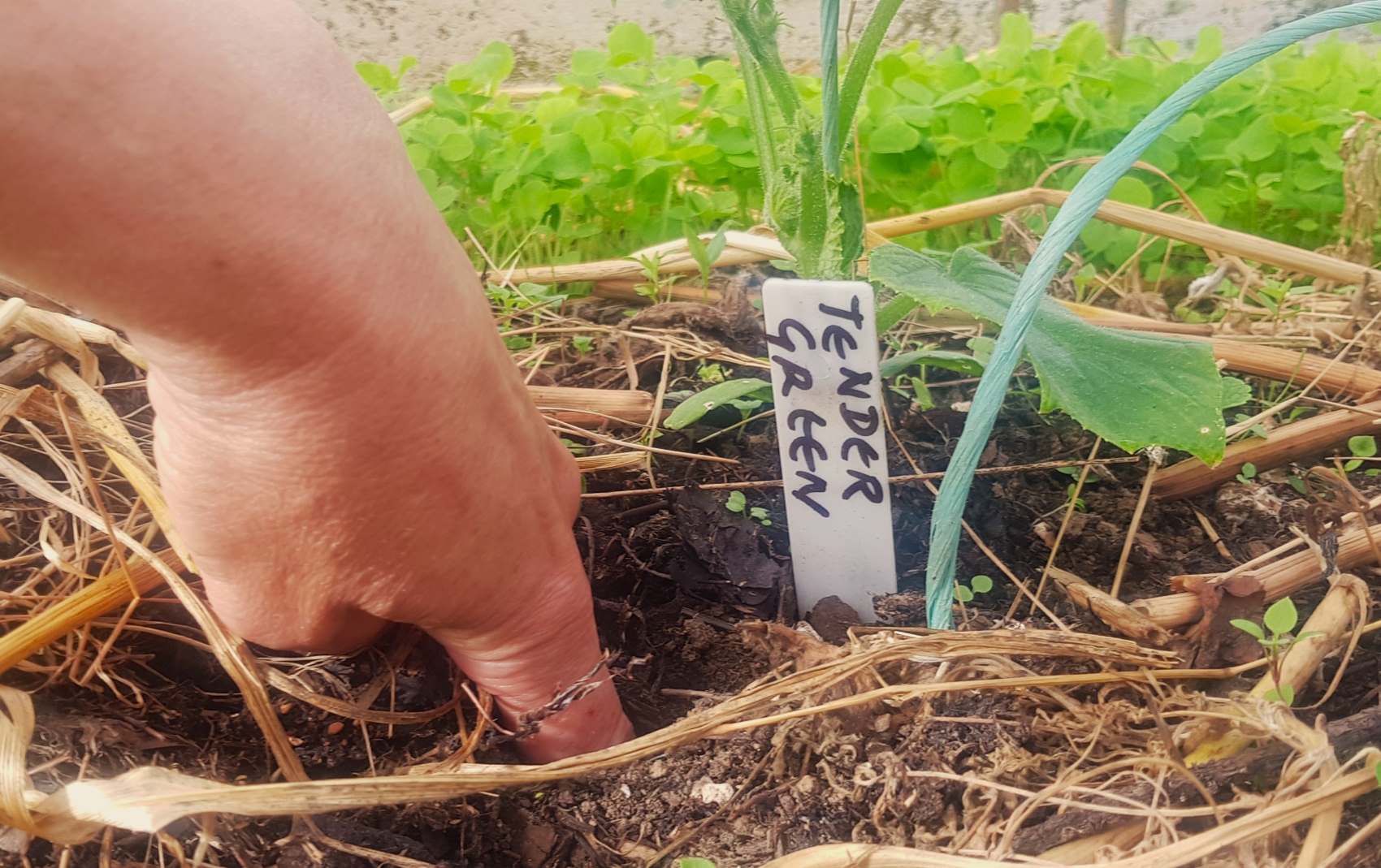
The only way you can deliver the right amount of water at the right time is to first feel your soil and see whether or not it needs it.
You cannot tell by looking. I still get caught out, thinking I'm looking at dry soil, only to feel it, and what do you know - it's perfectly moist and I can move on the next. Barely moist soil is what you are aiming for - it's your gardens happy place.
Before we get into the nuts and bolts lets get familiar with what barely moist feels like. It's not an exact, precise moment - it's a range in the middle between sopping wet and dry. Best imagined by visualising a dishcloth in a sink full of water. Pull it out dripping wet (over watered!). Now wring it out until it's damp enough to wipe the bench (perfect!). There's nothing mysterious about barely moist. If you ever feel unsure, your finger is always there at the end of your arm. Use it!
Check every plant or every second plant at the start so as to learn your soil - the spots that are always dry and the ones that tend to stay damp. Eventually you'll only need to check one plant per area because you know that in this back corner of the greenhouse, for example, the moisture is pretty much the same for all. In this way you'll get fast at doing your rounds. If fast is what you need.
Poke your index finger into the soil.
- Soil for seeds or newly germinated seedlings needs to feel barely moist all the way to the topsoil.
- For bigger seedlings and up, be guided by the moistness of the soil at your fingertip. Yes, really!, all the way down there. I know gardeners who push it out further than this to two fingers deep - go on I dare ya! (Are you kidding, I dare myself!) If it's moist at your fingertip let it be. If it's dry - water until it's barely moist.
Check again after watering to make sure you've nailed it and haven't over watered (soaking wet) or underwatered (dry). You'll be able to drop this second check soon enough, as you learn how long you need to water your particular soil to achieve moist. With awesome soil + keeping your soil barely moist most of the time, it takes just a few seconds to bring the moisture from dry to perfect. Its actually quick as.
I still use a second check now and then, especially in other peoples gardens. Don't get all cerebral here and over think it.
Strategies for busy days
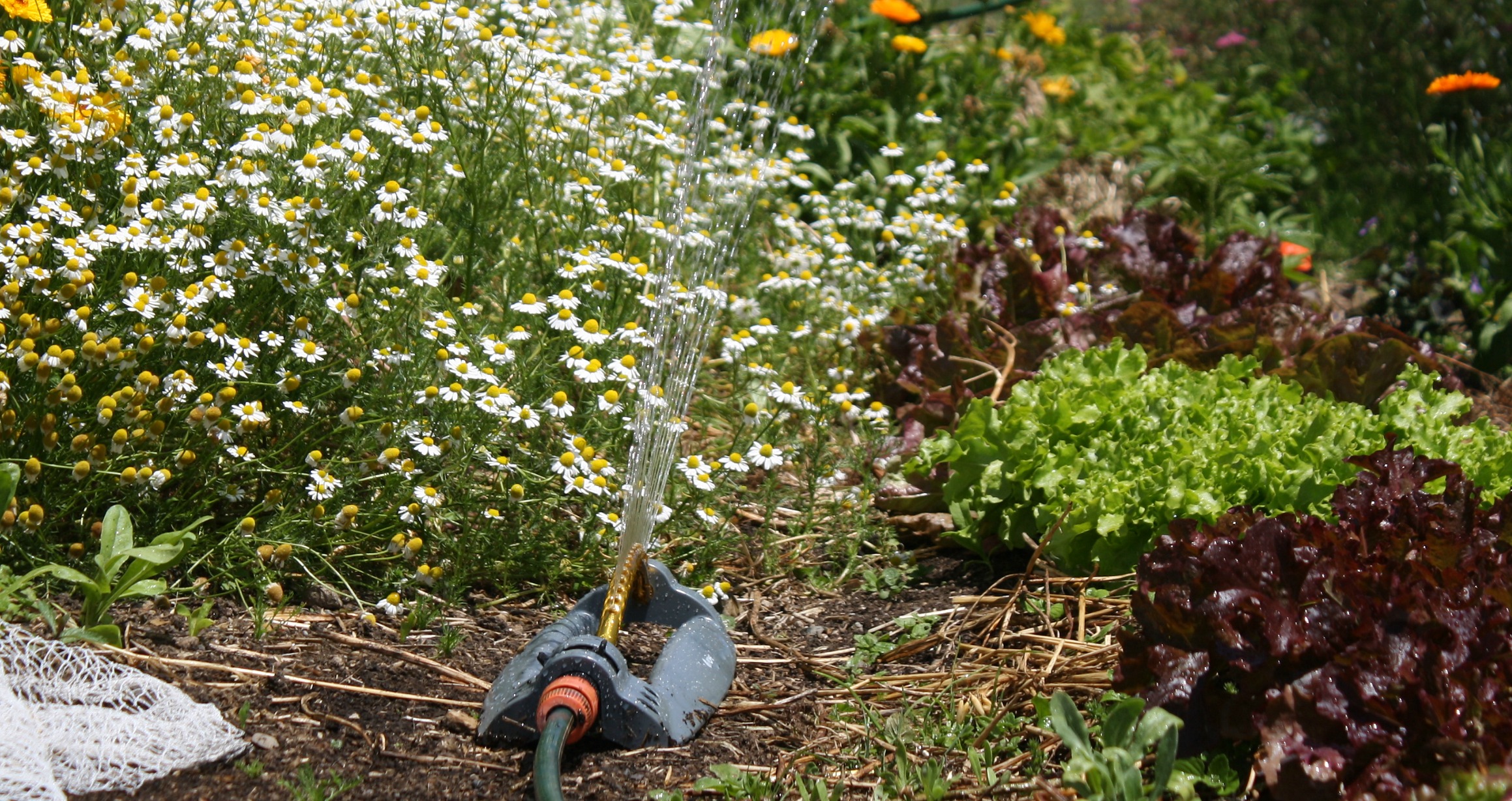
If you've a busy day ahead, focus watering on seeds and seedlings, plants gearing up to production, those in full production and the greenhouse. Teenagers, as you'll soon learn can be left on occasion, as can finished crops, crops heading to seed and established greencrops.
Basic quick waterings are sweet as now and then, especially where soils are covered with plants or mulch, and for the most part, are watered properly. If the day is cloudy or cool - even better, less need for water.
Create the time the next day or the day after that (weather depending) to do a really thorough check in with each and every one.
Watering for different phases of growth
Baby phase: direct sown seed/ new transplants/ newly emerged seedlings

Begin on a win by soaking the soil at planting/ sowing. Properly hydrated soil before plants or seed goes in is epic! What a difference! Where the water goes the roots will follow. Roots that go deep bring strength and lasting power.
- Keep soil moist at this vulnerable stage.
- A layer of mulch is really effective at making moisture last, as is humus rich soil.
- If it's hot, construct a simple shade bivvy above new seedlings, or poke in branches of bracken or lupin to tower above.
- A sprinkler, watering can or spray nozzle on a hose are awesome here.
Teenage phase: Pre flowering
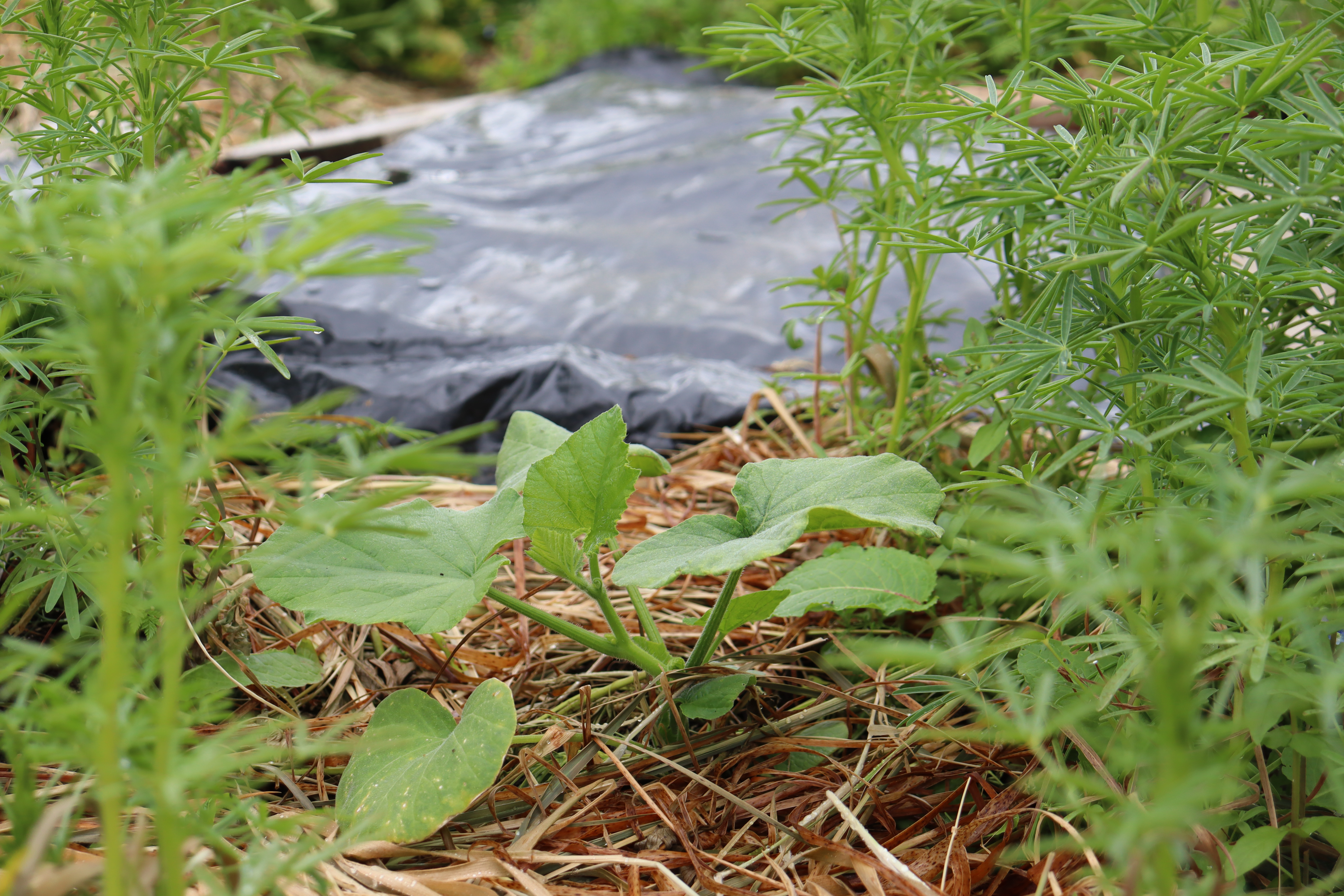
Make 'em work for it! Create robust/ resilient plants by rolling out a bit of tough love once they can handle it - at about the 6 leaf stage. This is different for every crop, so use common sense.
- Load on the mulch or sow a living mulch and push the gap between watering's as far as you dare to force their roots deep.
- Testing using the tip of your finger as a moisture guide begins here.
- Water the soil surrounding the base of the plant.
Mumma phase: flowering/ fruiting
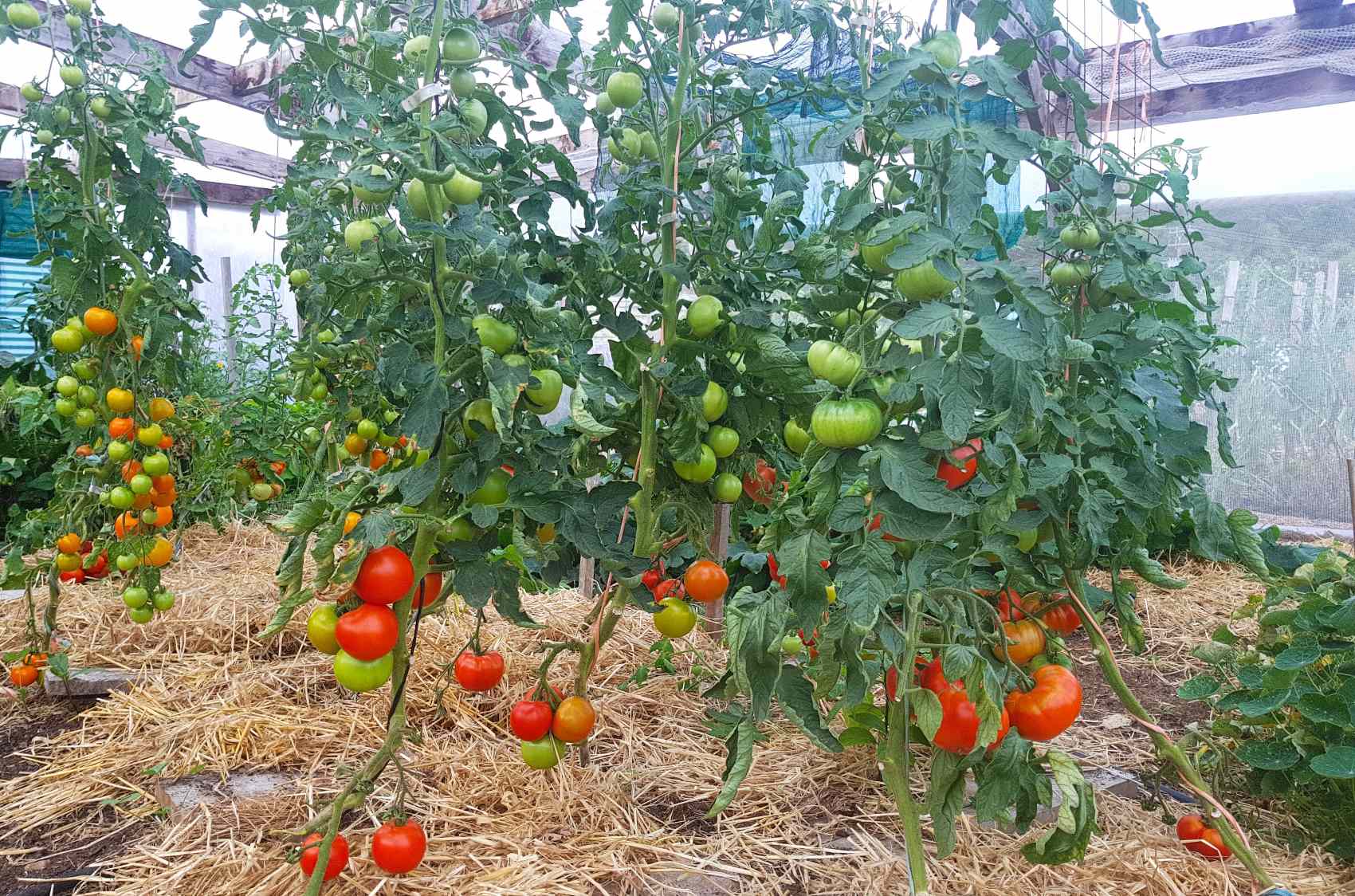
This is a key time for consistent moisture. Pull back on the tough love, and go mother love - keep the soil moist, but not the foliage. As per the teenagers, water the soil at the base of the plant. Leave the topsoil to dry a tad between watering's for plants prone to fungal disease like zucchini, basil and tomato.
As plants head to flower and production wanes, you can ease back on the water - not to say let it to dry out, but less is all good especially if water is precious at your place.
Exceptions To The Rule
Of course, there are! Different crops have different water needs, and understanding this is the journey to a food gardener. Your plants give you all the feedback you need, all you need do is watch them and trust what you see. Push the boat out a little, taste the difference!
- Chillies develop more spice with less water
- Tomatoes are tastier by far with less water - think of the watery tasteless offerings in the supermarket.
- Squash and cucumbers, need more water than tomatoes and potatoes.
- Beans and peas rot easily at the seed stage. Water once and then leave them until germinated. Consistent moisture from flowering for best performance.
- Avoid fungus-y basil foliage by letting soils dry out between watering's.
- Areas of greencrop need to be kept moist too - an oscillating sprinkler is awesome for this job.
How much water do your plants need?
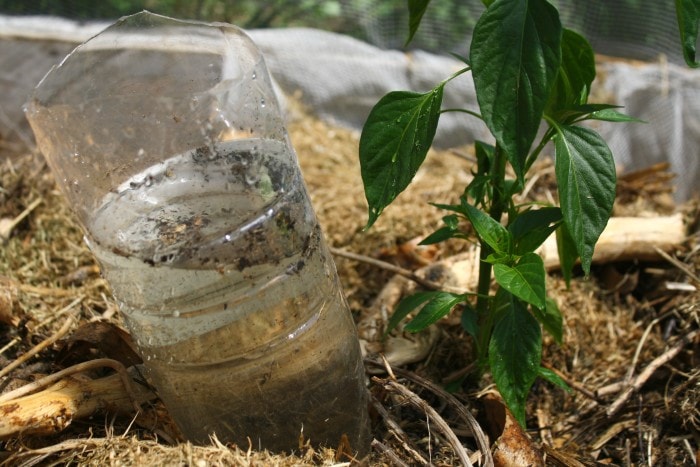
There is no rule here. Sorry guys. I know you want one. I see all sorts of measures and guides, but every plant is different, every stage of the plant growth is different, every soil is different and so to every climate - how can there be one rule? Here is a helpful table with different crops and their water needs. Just stick to feeling the soil and keeping it moist.
Morning or evening, hot weather or cold
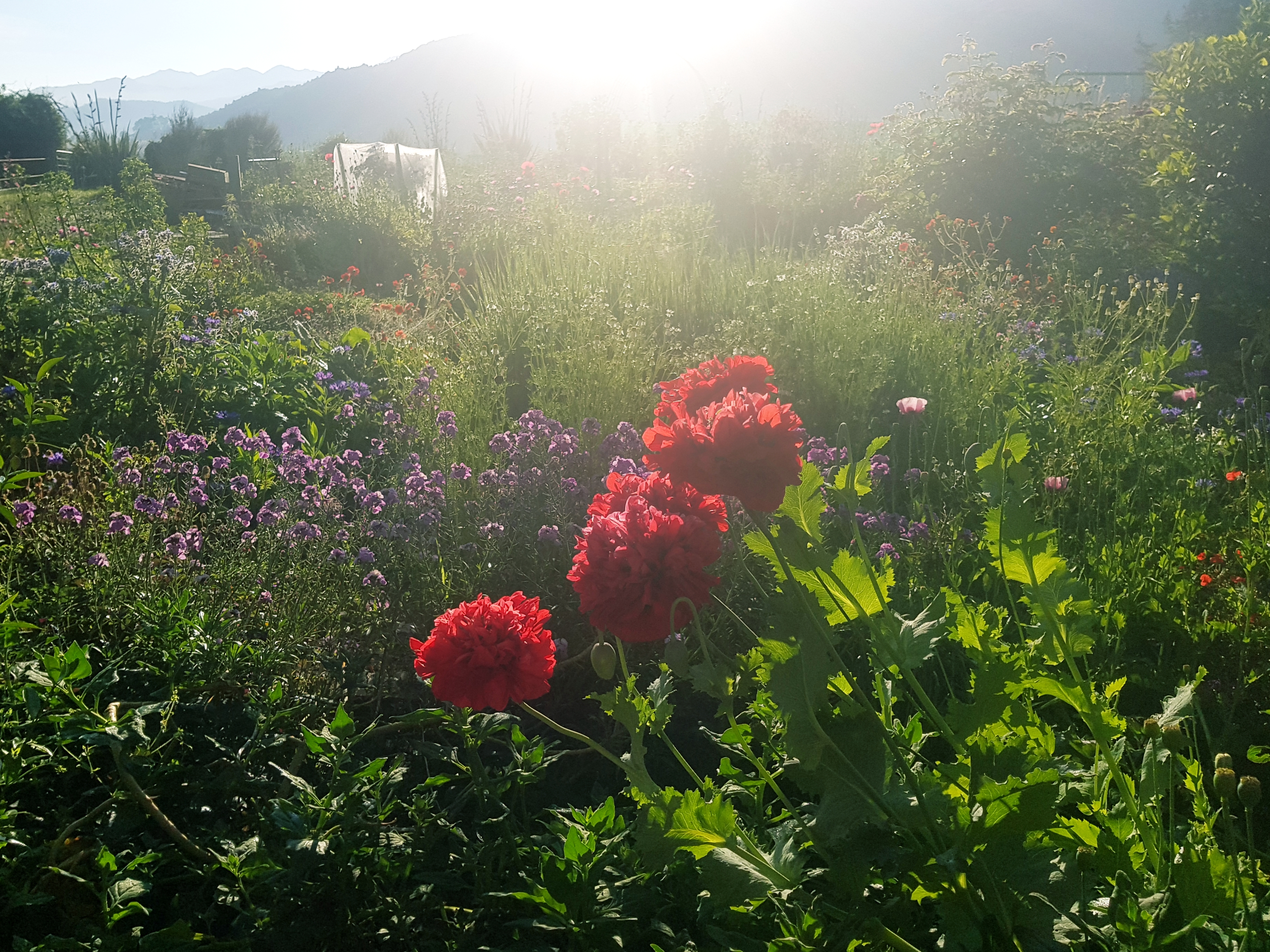
A morning water is the optimal. Water is essential for photosynthesis which happens in the sunlight. Start the day with good hydration, then let your plants dry out over night - this is the perfect formula whereby plants have everything they need to face the day, and no extra to stimulate fungus/ mildew/ mould over night.
If soil is poor and/or the day is really hot, you may need an evening water too. Do a light one and keep the foliage dry. Focus on building your soil and planting seedlings amongst greencrops to retain more moisture.
In cold weather, water less. A lot less.
Watering is a fluid thing. It's weather dependant - water more when its hot, less when its cold, and soil dependant. As your soil improves and your garden develops you can go for longer without watering and need less overall. All in all that's why checking first and hand watering are your best allies.
Let your plants guide you. All this info is a fab start, but there are nuances in your garden that makes it unique - for watering (and beyond), your true guide is your plants. Listen to what they show you. Trust it and follow it along. Just you wait, so much goodness is about to unfold in your garden.
